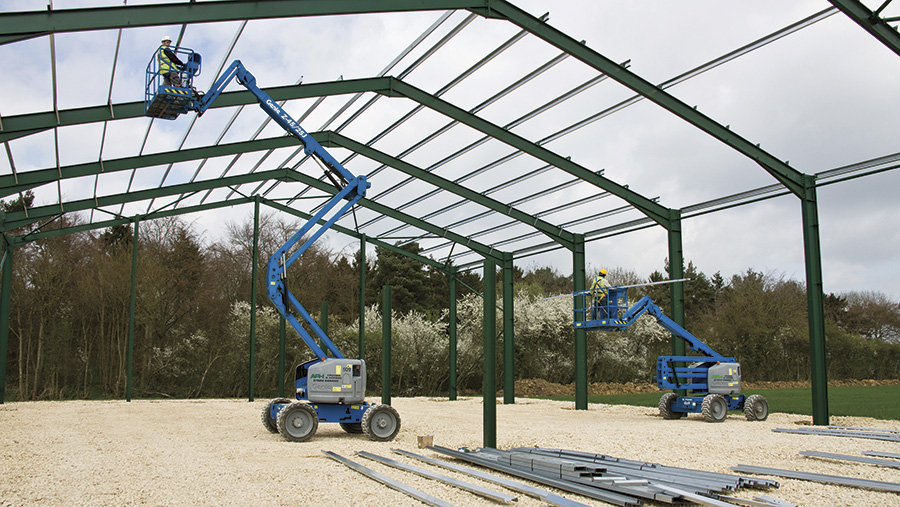High land costs threaten future of many arable farms
 © Tim Scrivener
© Tim Scrivener Many arable farm businesses are locked into farming land at too high a cost through contract farming agreements or Farm Business Tenancies (FBTs).
Some will have to downscale to keep going and returns to landowners must fall, said Gary Markham of Churchgates Accountants.
Figures from the firm’s harvest 2015 accounts show the average farm losing £252/ha from arable production before accounting for the value of unpaid family labour.
See also: Tax and finance advice when expanding your farm business
Economic climate
Optimum farm size may be falling in the current economic climate, to between 400ha and 600ha, suggested Mr Markham, with economies of scale above this often not achieved because of the relatively high cost of additional acreage.
The average size in the Churchgates group of mainly arable farms in the East of England is 800ha.
However the top 25% in financial performance terms are smaller than the average, at 635ha.
Even these farms show a profit of only £71.65ha from the 2015 harvest, while average cost of wheat production was £136/t, well in excess of their average wheat price of £116/t.
“We need to reset the clock – some of these businesses will have to restructure,” said Mr Markham. “Landowners must accept lower returns and we should link arable rents to the price of wheat.”
Rents falling, but not far enough
Arable FBT rents have begun to come down from the £500/ha-plus levels of recent years, with new winning tenders around the £370/ha mark, but even this was unsupportable for many, said Mr Markham.
Machinery investment has fallen, with figures from the Agricultural Engineers’ Association showing registrations of tractors larger than 50hp down by almost 5% so far in 2016.
This was on top of a 15% drop last year and falls in several consecutive years prior to 2015.
However, 2016 saw increases in purchases in two of the high power ranges. Some of these would have been by businesses locked into farming every inch of FBT and CFA land, said Mr Markham.
It was difficult to retreat from such arrangements because this would also mean restructuring labour and machinery but unless landowner returns fell, some farm businesses should be giving up land, he said.
Those with surplus buildings could improve income through enterprises such as contract pig rearing, but poultry was too high risk for many farmers.
Strutt & Parker farms and estates partner George Chichester said that the approach to investment and planning for the five-year outlook needed to account for the possibility of higher inflation, lower commodity prices, a rise in interest rates and higher labour costs.
Drop in pound
The drop in the value of the pound was giving an initial boost to some commodity prices and to the value of BPS but the downside of weaker sterling would feed through into higher input costs, especially new machinery, he said.
For many this would mean extending machinery replacement plans for the next two years to a five-year timescale.
More farmers also needed to consider sharing machinery, he said.
This was not an all-or-nothing option, a start could be made with one or two key pieces of kit, such as a drill or sprayer, with a basic agreement drawn up to keep things on track.
